Tinnitus (ringing in ears) affects 1/3 of adults at some time in their
lives. In order to promote the new QuietComfort noise cancellation
earbuds, we introduced the first over-the-counter tinnitus treatment:
the earbuds themselves.
Academic Literature
Art Direction
Digital Design
Product Strategy
UX Design
Problem
Tinnitus affects one third of adults at some time in their lives. If you have Tinnitus, noise cancellation actually intensifies the ringing in your ear. It interferes with concentration and is associated with anxiety and depression. How can we make tackle this issue?
Tinnitus affects one third of adults at some time in their lives. If you have Tinnitus, noise cancellation actually intensifies the ringing in your ear. It interferes with concentration and is associated with anxiety and depression. How can we make tackle this issue?
Insight
We can treat Tinnitus for free with Notch Therapy: a proven, open source, and simple method that only requires a simple software tweak. And the opportunity lies in the fact that the only options available as of now are all paid.
We can treat Tinnitus for free with Notch Therapy: a proven, open source, and simple method that only requires a simple software tweak. And the opportunity lies in the fact that the only options available as of now are all paid.

↑
Visualizing Tinnitus
Tinnitus can be hard to describe for someone who doesn't have the condition. The flickering pink triangles illustrate the ongoing and sharp tones as they stand in the way between the viewer and the message (much like Tinnitus).
Visualizing Tinnitus
Tinnitus can be hard to describe for someone who doesn't have the condition. The flickering pink triangles illustrate the ongoing and sharp tones as they stand in the way between the viewer and the message (much like Tinnitus).

↑
Iteration #1: The Earbuds Themselves
Bose is known for being at the pinnacle of audio research. And the QuietComfort earbuds are known for having the best noise-cancellation technology in the market.
Implementing Notch Therapy in existing earbuds is a way to find a new niche target market: people who suffer from Tinnitus. QuietComforts can now help you reach true silence, even if you have been diagnosed with the disease.
Iteration #1: The Earbuds Themselves
Bose is known for being at the pinnacle of audio research. And the QuietComfort earbuds are known for having the best noise-cancellation technology in the market.
Implementing Notch Therapy in existing earbuds is a way to find a new niche target market: people who suffer from Tinnitus. QuietComforts can now help you reach true silence, even if you have been diagnosed with the disease.

↑
Iteration #2: The Unringing Playlist
By pulling from Spotify’s API, we create the first playlist to treat Tinnitus while you listen to music you love — instead of white noise, for example. Studies show that rather than sticking to white noise, or rain sounds, the “notch therapy” method works just as well with regular music.
Iteration #2: The Unringing Playlist
By pulling from Spotify’s API, we create the first playlist to treat Tinnitus while you listen to music you love — instead of white noise, for example. Studies show that rather than sticking to white noise, or rain sounds, the “notch therapy” method works just as well with regular music.

↑
Tech
Both on the playlist website and on the earbuds themselves an initial assessment identifies your tinnitus frequency (left) and lowers the music around that same frequency range (right).
Tech
Both on the playlist website and on the earbuds themselves an initial assessment identifies your tinnitus frequency (left) and lowers the music around that same frequency range (right).